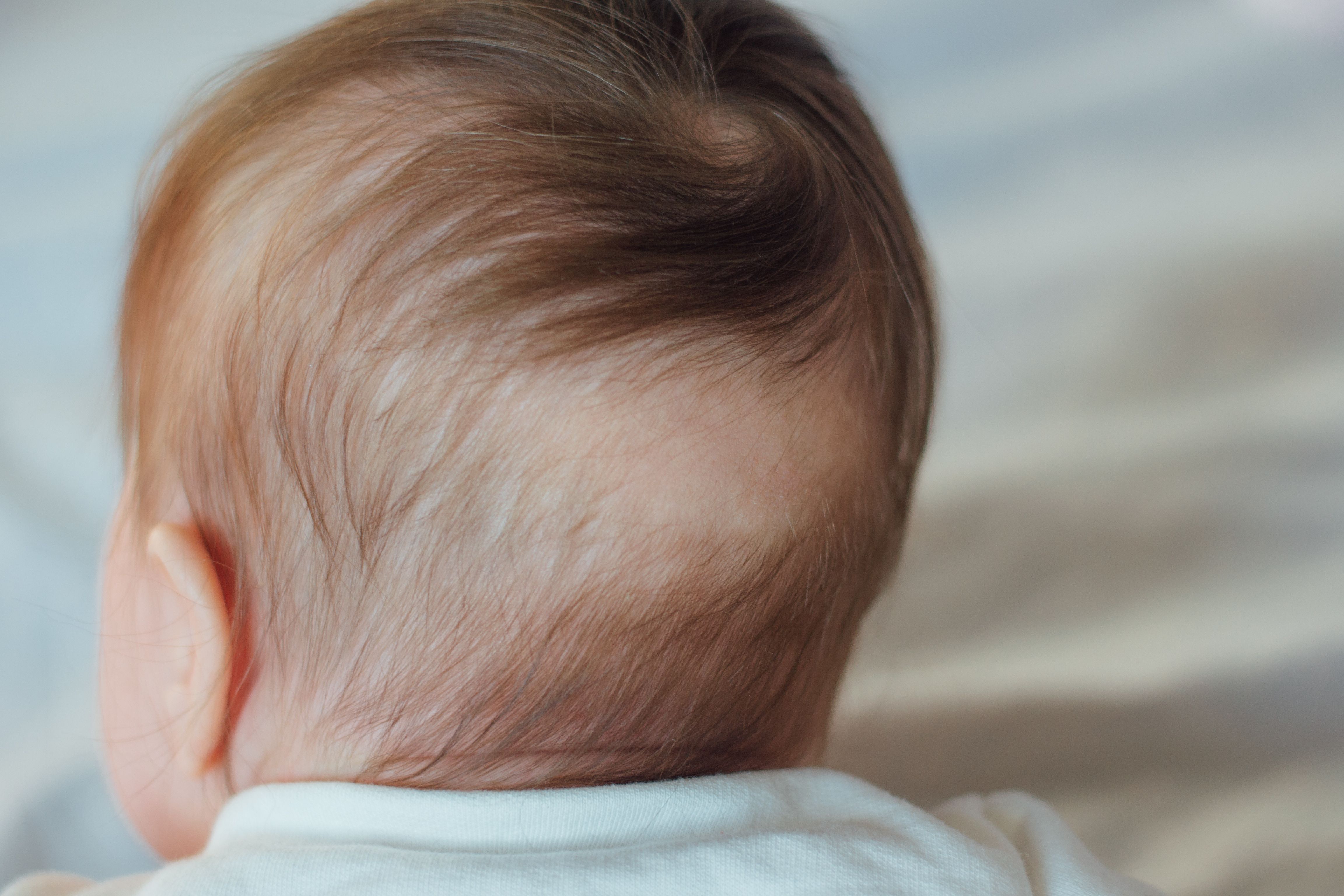- Center on Health Equity & Access
- Clinical
- Health Care Cost
- Health Care Delivery
- Insurance
- Policy
- Technology
- Value-Based Care
Pediatric Alopecia Areata Risks and Disparities Vary by Race and Ethnicity
Alopecia areata is more prevalent in Hispanic, Asian/Pacific Islander, and Black children than in non-Hispanic White children, with some Asian subgroups having a higher risk compared with those of Chinese ethnicity.
Alopecia areata is more prevalent in Hispanic, Asian/Pacific Islander, and Black children than in non-Hispanic White children, with some Asian subgroups having a higher risk compared with those of Chinese ethnicity. | Image Credit: kaloriya - stock.adobe.com

Greater prevalence of alopecia areata was found among Hispanic, Asian/Pacific Islander, and Black children compared with non-Hispanic White children, with Asian subpopulations associated with increased risk of alopecia compared with Chinese ethnicity, according to a poster presented at the Skin of Color Update 2024.1
Pediatric alopecia areata has an estimated prevalence around 0.03% to 0.165% but may be increasing. Previous research within adult and pediatric cohorts has suggested that people of color have greater alopecia prevalence, especially those of Asian or Pacific Islander descent. A cross-sectional study reported the highest standardized prevalence of alopecia was found among Asian patients, followed by patients reported as another race or multiple races.2
This study aimed to investigate racial and ethnic differences in alopecia areata among a large, diverse US pediatric population, with a particular focus on Asian and Pacific Islander subgroups.1
“What we found is that in comparison to non-Hispanic White children, South Asian, Filipino, and Vietnamese children have significantly increased prevalence and then also a statistically significant prevalence ratio. That's something that hasn’t been shown before for these specific groups, but I think it's really important. I'm South Asian and I was surprised to see this, too,” commented Advika Dani, MD, lead study author and resident physician for dermatology in the Department of Medicine at Kaiser Permanente Oakland.
Participants included children aged 5 to 17 years with an alopecia areata diagnosis and dermatology exams within 1 year of the index well-child visit. The study analyzed the prevalence of alopecia areata, both overall and adjusted for age and sex. A log-binomial regression method was applied to compare the adjusted rates between different racial/ethnic groups and non-Hispanic White children.
There were 1317 alopecia areata cases identified in 598,067 children, and almost half of the population was female (49.1%). About 21.9% of the population consisted of Asian or Pacific Islander participants. The overall prevalence of alopecia areata was 220 cases per every 100,000 children.
Adjusting the outcomes for age and sex, Hispanic, Asian/Pacific Islander, and Black children had higher alopecia areata prevalence compared with White children. After adjustment, analyses among major Asian and Pacific Islander groups reflected the highest prevalence in South Asians, followed by Filipinos, Vietnamese, and Native Hawaiian/Pacific Islander children compared with much lower prevalence results for Chinese children.
Log-binomial regression models revealed a 3.3-fold increased prevalence of alopecia areata among South Asian children compared with non-Hispanic White children. Non-Hispanic Pacific Islander, Vietnamese, and Filipino children exhibited a 2.6- to 2.8-fold increased prevalence, while Black and Hispanic children had a 2.3- to 2.5-fold increased prevalence. In contrast, Chinese children showed a more modest 1.5-fold increased prevalence.
"In relation to skin of color, there's really not a lot of data on specific Asian subgroups, especially because some literature has shown that there is some kind of burden in the Asian population but really no nuance to it,” said Dani.
The findings of this study underscore the importance of recognizing the diverse manifestations of alopecia areata across different racial and ethnic groups, particularly within the Asian and Pacific Islander population. By identifying these disparities, health care providers can offer more targeted and culturally sensitive care to patients with alopecia areata, ultimately improving their quality of life.
References
1. Dani AA, Lo JC, Darbinian JA, Ramalingam ND, Mirmirani P. Racial and ethnic differences in prevalence of alopecia areata in contemporary pediatric practice. Presented at: Skin of Color Update 2024; September 13-15, 2024; New York, NY. Poster AA_01.
2. Sy N, Mastacouris N, Strunk A, Garg A. Overall and racial and ethnic subgroup prevalences of alopecia areata, alopecia totalis, and alopecia universalis. JAMA Dermatol. 2023;159(4):419–423. doi:10.1001/jamadermatol.2023.0016
The Importance of Examining and Preventing Atrial Fibrillation
August 29th 2023At this year’s American Society for Preventive Cardiology Congress on CVD Prevention, Emelia J. Benjamin, MD, ScM, delivered the Honorary Fellow Award Lecture, “The Imperative to Focus on the Prevention of Atrial Fibrillation,” as the recipient of this year’s Honorary Fellow of the American Society for Preventive Cardiology award.
Listen
Promoting Equity in Public Health: Policy, Investment, and Community Engagement Solutions
June 28th 2022On this episode of Managed Care Cast, we speak with Georges C. Benjamin, MD, executive director of the American Public Health Association, on the core takeaways of his keynote session at AHIP 2022 on public health policy and other solutions to promote equitable health and well-being.
Listen
